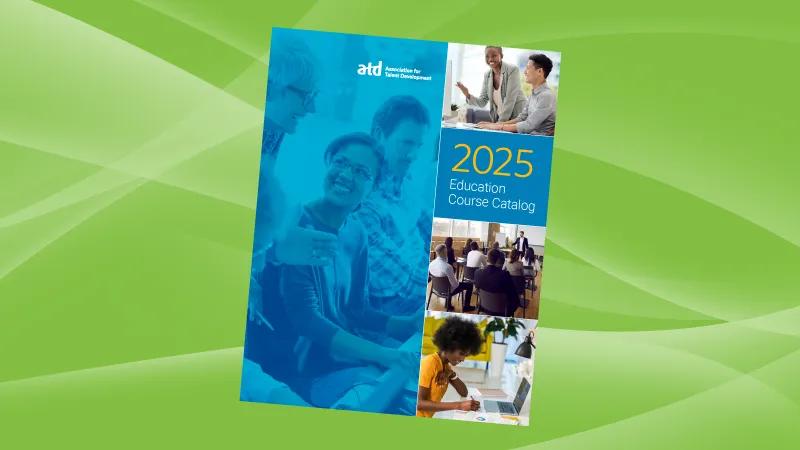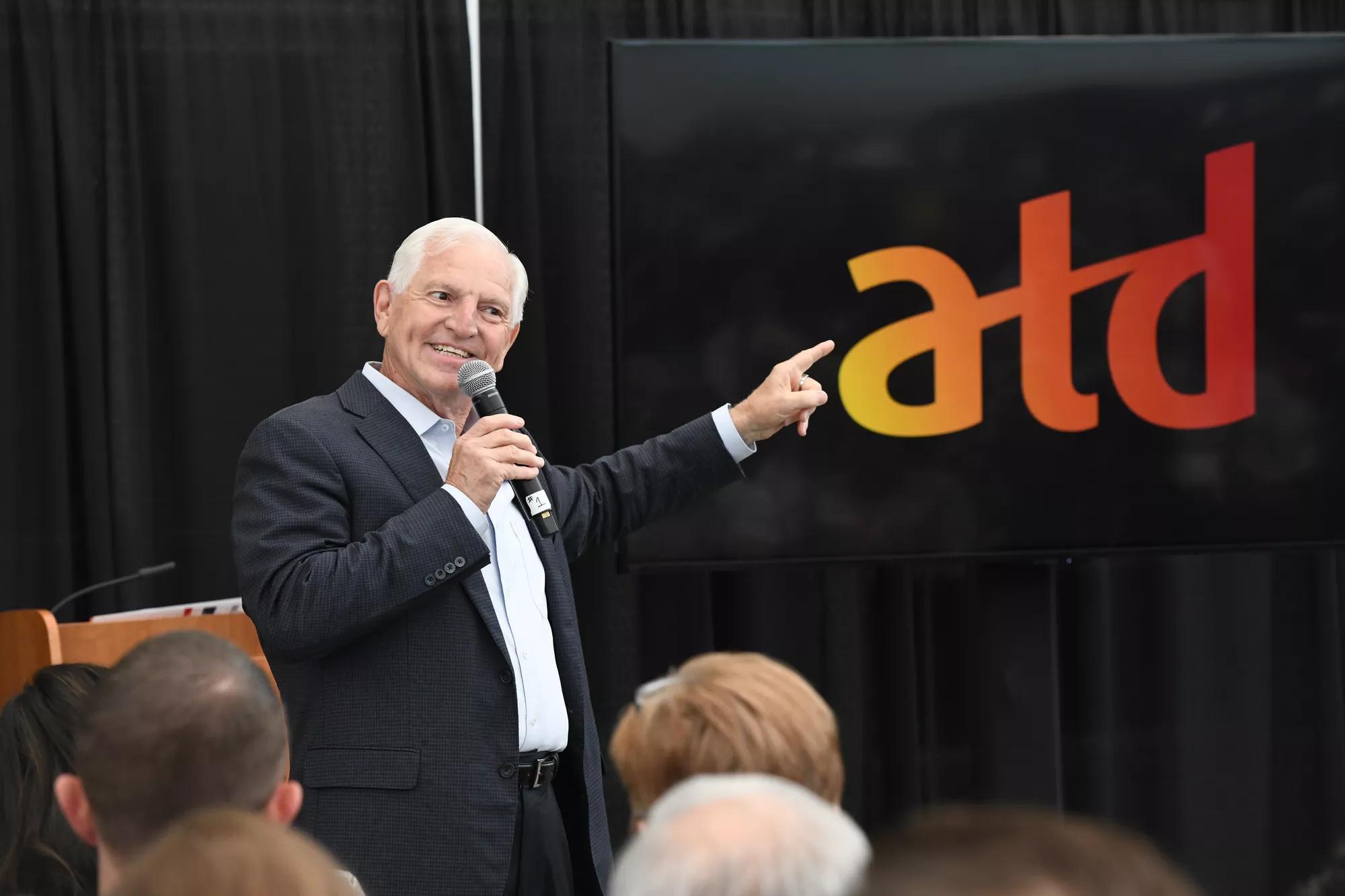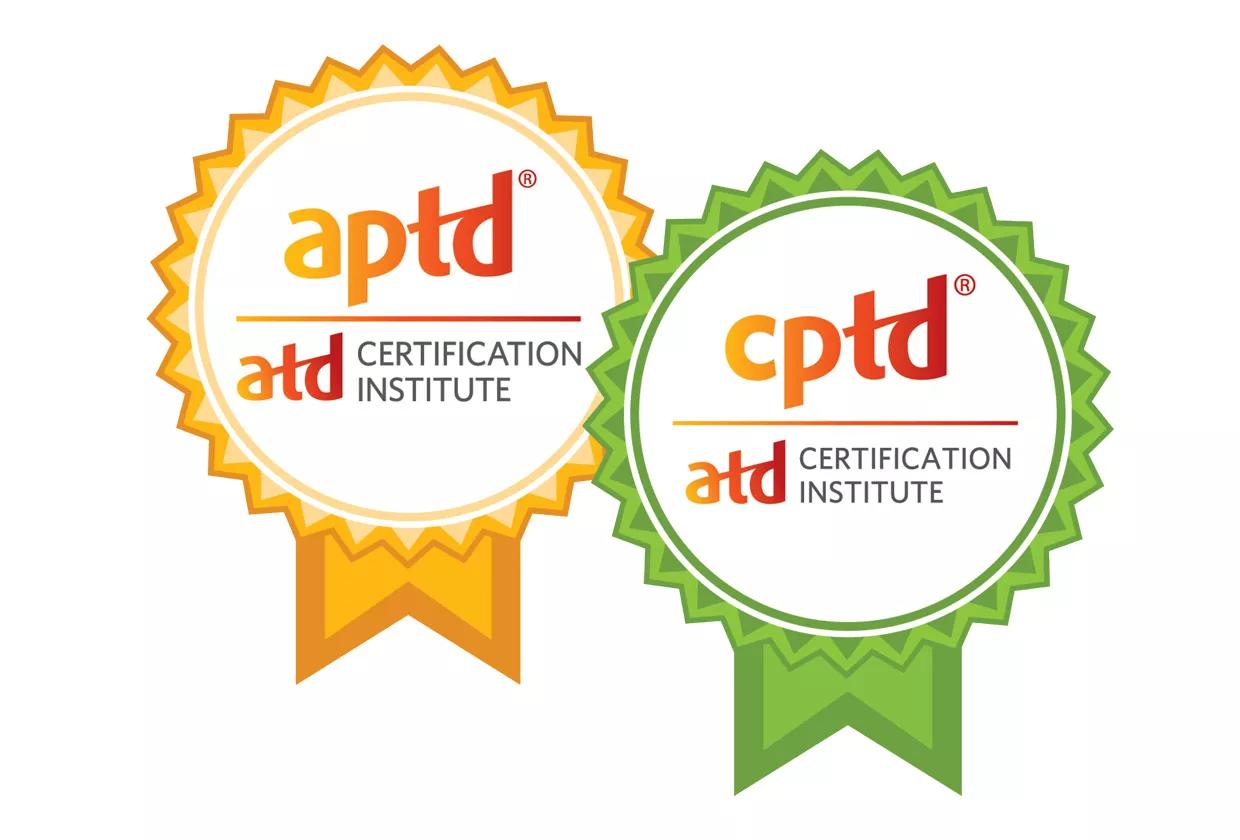What Is Training?
Training is the process of helping individuals improve performance by facilitating learning in an in-person or virtual classroom, in a one-on-one context, or on-the-job in an organization. Trainers facilitate this process. Training is a part of the talent development profession.
Training is an important component of work life, yet most trainers didn't plan on entering the profession. In fact, there's even a term that reflects this reality: the accidental trainer.
Where Trainers Come From
Many trainers started as subject matter experts who realized they had a skill for giving presentations or enjoyed helping new hires get up to speed. Some trainers come from other fields, such as K–12 education or entertainment, and they find they have transferable skills that help them become successful trainers.
Becoming a Trainer
Because there isn't one way of becoming a trainer, new trainers enter the field with diverse knowledge and skill sets. They may also have certain gaps in their knowledge. For example, they may know what good training looks like but not know the learning theories and models that point to why. They may be unfamiliar with the various roles in training and how they can continue growing their careers in the training profession. Taking the Talent Development Capability Model self-assessment can help new or accidental trainers measure their skills and knowledge in personal, organizational, and professional talent development capabilities.
Sound Familiar?
If any of this sounds familiar, then this page is for you. The Association for Talent Development is a professional membership organization supporting those who develop the knowledge and skills of employees around the world. We have curated some of our best resources for new trainers or those considering a career in training to help fill in their knowledge gaps and advance in the training field.
Talent development and training professionals use many different terms to describe their work. Here are ATD’s definitions for some of the most commonly used terms, starting with the broadest:
Talent Development: Talent Development refers to the efforts that foster learning and employee development to drive organizational performance, productivity, and results.
Training: Training is a subset of talent development and refers to formal ways of helping employees learn and develop new skills. This can include in-person and virtual training programs or training courses. Training encompasses the core talent development functions of instructional design and training delivery and facilitation.
Instructional Design: Instructional design is the creation of learning experiences and materials in a manner that results in the acquisition and application of knowledge and skills.
Training Delivery and Facilitation: Training delivery and facilitation is the means by which talent development professionals help individuals improve performance at work by learning new skills and knowledge.
A full glossary of talent development terms can be found here: Access glossary.
There are several adult learning theories and instructional design models that trainers should be familiar with. Some of the most common are:
Adult Learning Theories
Andragogy is the term used to describe the teaching techniques used for adults (as opposed to the techniques for teaching children, known as pedagogy). Malcolm Knowles, an influential adult educator in America, promoted the idea that adults learn differently than children.
Behaviorism is about predicting and controlling behavior. It focuses on observable behaviors and suggests that learning happens when associations between stimuli and responses are strengthened or weakened. It was most influential in training and development in the first half of the 20th century, although elements of it still exist in training today in terms of learning techniques and language.
Cognitivism is about how people think and remember. It focuses on mental processes that involve how people perceive, think, remember, learn, solve problems, and attend to one stimulus rather than another. While behaviorist learning theory is focused almost exclusively on external events, cognitive learning theories focus on what is happening internally.
Constructivism focuses on knowledge acquisition through experiences and interactions with the environment. According to Swiss developmental psychologist Jean Piaget, learners construct knowledge from assimilation and accommodation. When individuals assimilate, they incorporate a new experience into an already existing framework without changing that framework.
Instructional Design Models
ADDIE is an instructional systems design model. It is composed of five phases: analysis, design, development, implementation, and evaluation. ADDIE is the most commonly used instructional systems design model. In recent years it has received some criticism for being too linear and insufficiently iterative or agile. However, it's still popular with many instructional designers.
SAM stands for success approximation model. It is a design model that emerged as an alternative to ADDIE, especially when creating e-learning solutions to drive performance improvement.
Agile is a collaborative effort by cross-functional teams that originates from software development. As an iterative, incremental method of guiding designs, this model focuses on maximizing customer value. Highly flexible and interactive, Agile evolves solutions by enabling TD professionals to share preliminary elements with stakeholders, pilot partial solutions, and collect feedback at various stages throughout the process.
Depending on the organization you work for, your job title might include any of these terms, or some combination of them. Your organization might also use other terms such as learning and development, workforce training, employee training, or learning and performance. While each organization uses different terminology, the primary jobs within talent development include:
Chief Talent Development Officer: A person who represents the talent development function at the executive level of an organization. A chief talent development officer (known in some organizations as a chief learning officer or CLO) reports directly to the CEO. Some organizations have a chief human resources officer instead of a chief talent development officer. In this arrangement, the talent development or learning function would generally report into human resources.
Coach: A person who partners with clients in a thought-provoking and creative process that inspires them to maximize their personal and professional potential. Some individuals are full-time professional coaches who often become certified through the International Coach Federation or another accrediting body. There are also talent development professionals or managers who work to develop coaching skills without becoming full-time coaches. Some organizations hire external coaches to work with specific employees, while others have full-time coaches on their staff or expect their talent development team to act as coaches when needed.
E-Learning Specialist: A person who focuses specifically on the design and development of eLearning. E-Learning specialists may have responsibility for either, or both, synchronous and asynchronous training. Some E-Learning specialists will also deliver virtual training. In many cases, virtual facilitators will work with a producer who provides technical support throughout the training. In some cases, virtual facilitators will need to produce their own training and be able to respond to technical glitches.
Instructional Designer: A person who applies a systematic instructional design methodology (rooted in instructional theories and models) to design and develop content, experiences, and other solutions to support the acquisition of new knowledge or skills. Instructional designers usually start with performing a needs assessment and then move on to designing learning activities and developing materials such as PowerPoint decks and facilitator or participant guides.
Performance Consultant: A person who helps an organization identify measurable performance gaps and understand the reasons behind them. While many organizations jump to training as a solution to any performance issue, training is only useful when the performance issue is caused by a lack of knowledge or skill. Other performance issues may be caused by lack of employee motivation, lack of proper incentives, inadequate resources or technology, or other factors that training cannot fix. Performance consultants are solution-neutral and help organizations determine the correct solution for the specific performance gap that is impacting their business.
Trainer: A person who helps individuals improve performance by teaching, instructing, or facilitating learning. This may take place in an in-person classroom setting or in a virtual setting. Some organizations might have different teams of instructional designers and trainers, while some might expect professionals to be responsible for training design and delivery.
Training Manager: A person who manages a training or talent development department through a focus on business alignment, stakeholder management, managing people and processes, and digitizing learning. In larger organizations, a training manager might have instructional designers, trainers, e-learning specialists, and others as direct reports. In smaller organizations, and particularly in training departments of one, a training manager might design and deliver training in addition to managing the department.
For more resources about growing your training career, visit ATD's My Career page.
Highlights from ATD's TD Salary and Benefits Report 2023
Based on a survey of 482 talent development professionals, the report identifies the base salary of individuals working in talent development, as well as non-base pay such as bonuses and incentive pay. The report provides information by job level, years of experience, certification, work schedule, US region, industry, and organization size.
The average talent development salary in 2022 was $102,161.
72 percent of TD professionals received a salary increase in 2022, with an average increase of 7.1 percent.
59 percent of TD professionals received non-base pay (such as an annual bonus or incentive pay). The most common non-base pay amount was between $2,000 and $9,999.
Talent development professionals tend to be a highly educated group. More than 90 percent had at least a two-year college degree, and 55 percent had a master’s degree or higher.
Almost half of the survey respondents had at least one certificate or certification. Given that the survey was sent to ATD members and professionals associated with ATD, it is unsurprising that the Certified Professional in Talent Development (CPTD) and the Associate Professional in Talent Development (APTD) were among the most common (6 percent and 4 percent, respectively). Other common certifications included the Myers-Briggs Type Indicator (5 percent) and Six Sigma Green Belt (4 percent).
The Latest

Education Course Catalog
As TD professionals, it’s our job to encourage, promote, and inspire people to learn and grow. And it’s critical that we do the same for you. Explore 160+ courses for practitioners like you. Start Browsing

EVENTS
ATD Events
Talent development professionals come together to give you conference experiences that are diverse in education, solutions, and opportunities. Learn more!

MEMBERSHIP
Membership
Elevate your career, expand your horizons, and make a lasting impact. Join us today and embark on a journey of growth, connection, and achievement with ATD. Your future self will thank you.

CERTIFICATION
Certification
Earning a certification is a career milestone. Learn more about ATD’s two credentials for talent development professionals.

BOOKS
Publications
ATD Press is an internationally renowned source of insightful and practical information on talent development and professional development.
